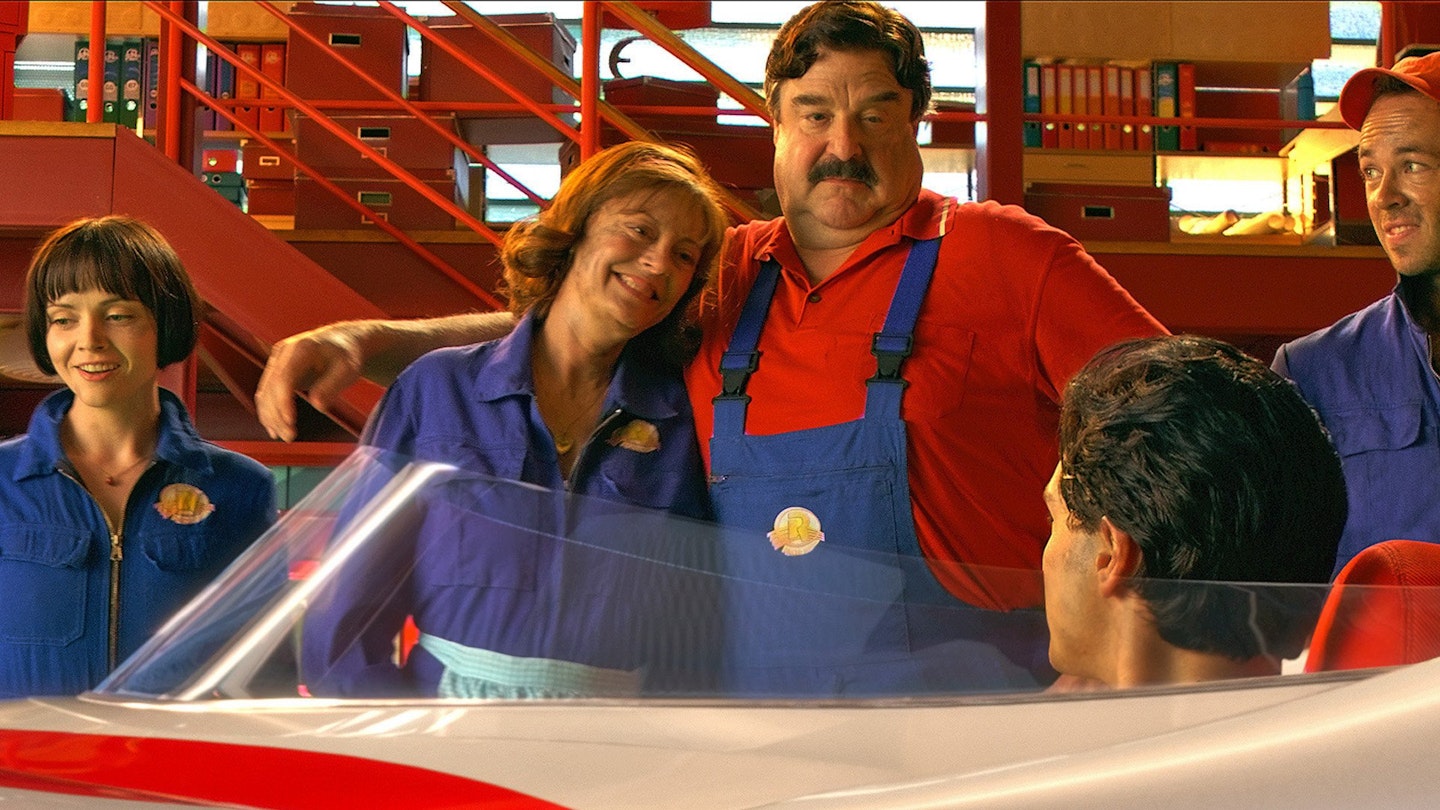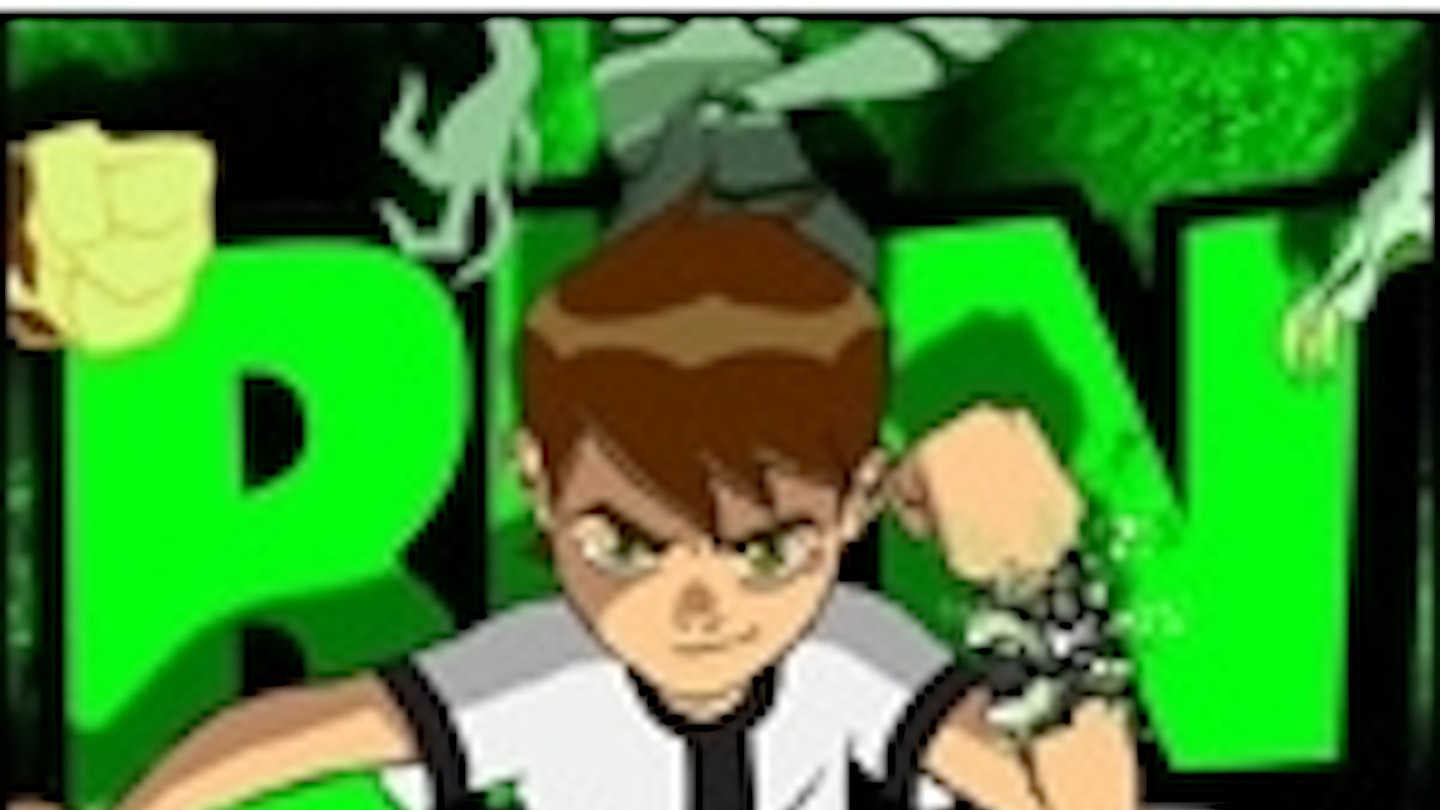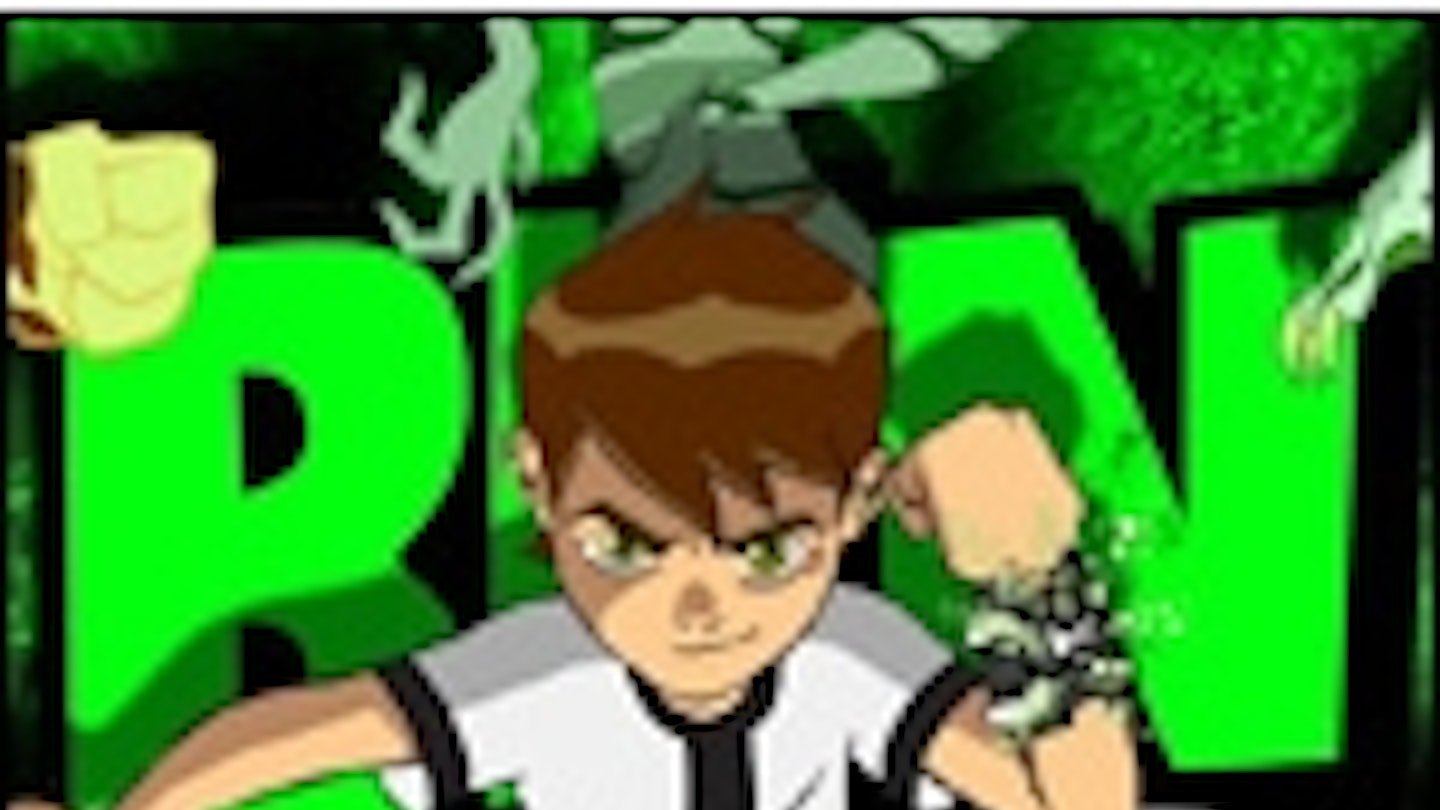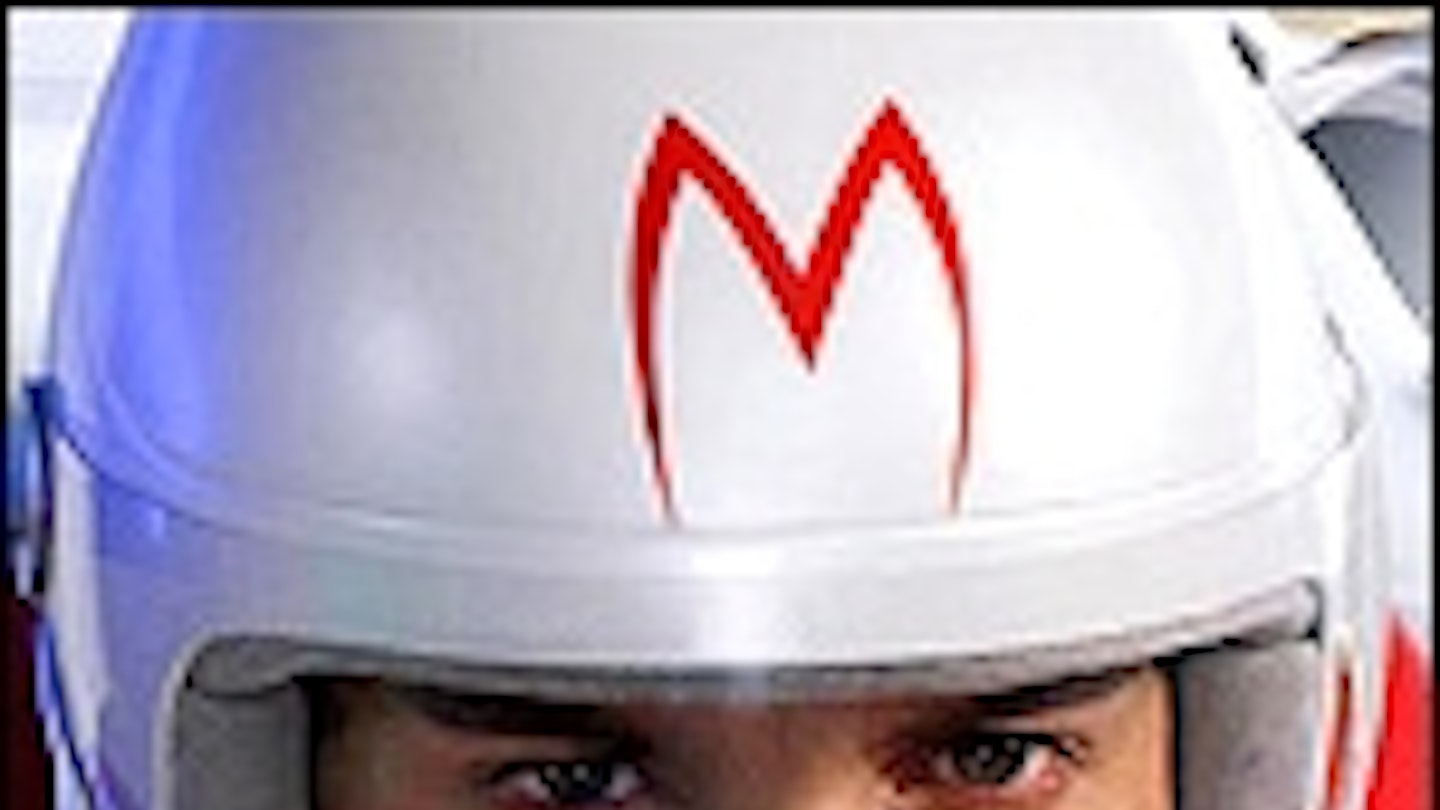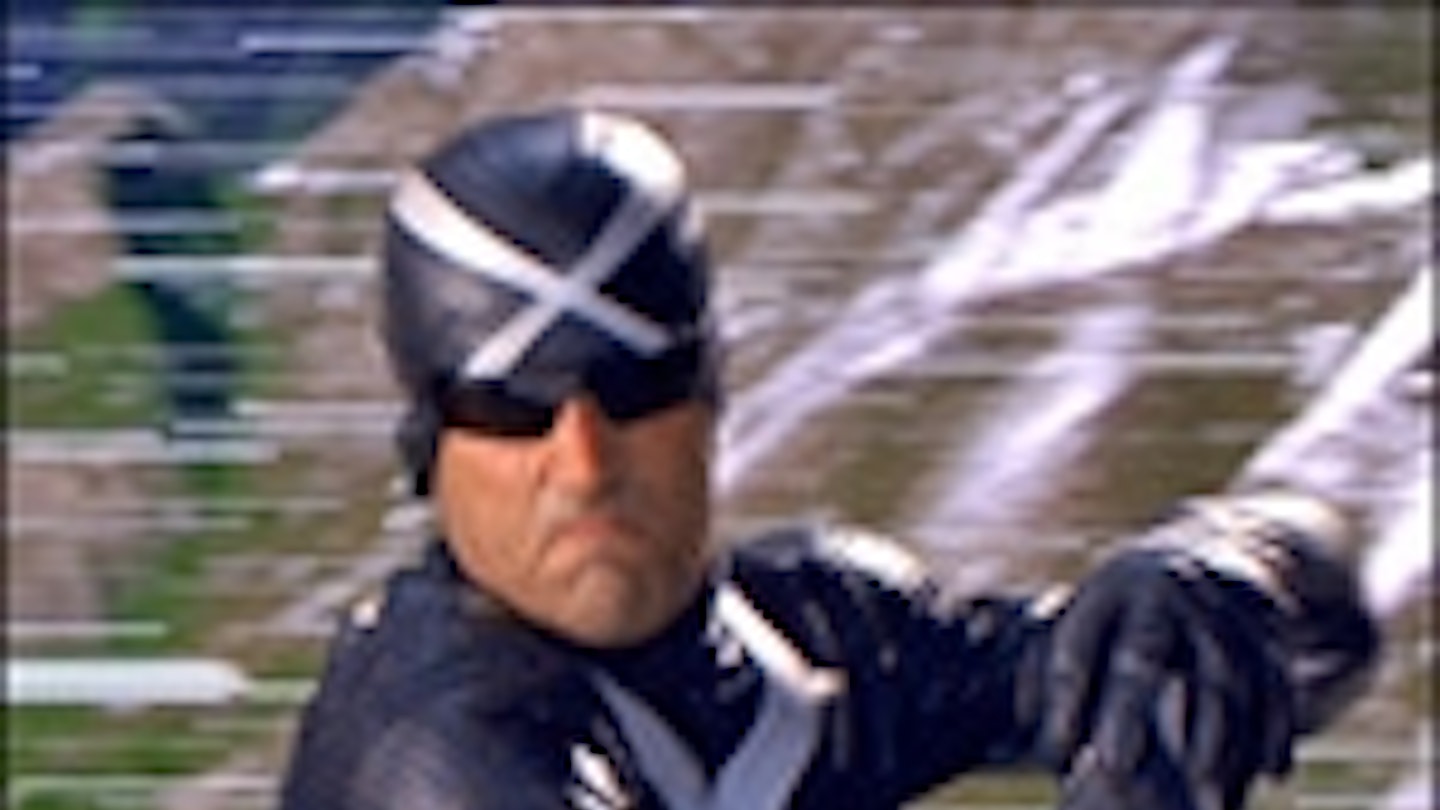You’ve got to hand it to the Wachowski Brothers, they don’t do things by halves. They were last seen cramming the back-to-back Matrix sequels so full of references to obscure anime, classical fantasy and Jean Baudrillard’s philosophy of symbolic exchange and hyperreality, it was the first known sighting of ‘dumbing up’. The films became interminable. They have now arrived at Speed Racer, once known as Mach Go Go Go, an anime TV series from the late 1960s that spilled into the daydreams of American boys.
Word has it - and they never talk - they were weaned on its brilliantine Scalectrix-world of loop-the-loops and banking curves, its bright buzz of colour and characters equally defined in bold rudimentary tones.
This was not your typical anime huddled beneath clouds of apocalyptic menace; here was a sun soaked, sweet-wrapper coloured universe obsessed with motor sport, centred on the conveniently surnamed Racer family. In particular, the full-throttle adventures of middle-son Speed, a dumb-lug who can make the T-180 race cars leap and spin, smashing competitors in what the directors have knowingly christened ‘car-fu’. Nodding to both Goldfinger and Ben-Hur, the cars come armed with naughty extras like drill-loaded hubcaps and oil slicks.
With its ‘60s vibe, gleaming like a fairground, this would surely be the shimmering antithesis to the heavy-duty karma of Neo’s man-machine meltdown. They were making the first living cartoon. And to that end, they have succeeded - the film is triumphantly visual, often thrilling and entirely shallow.
Of course the whole enterprise is predicated on its race sequences, four in which we behold the awe-inspiring clamour of gravity-defying 400mph propulsion - byzantine sugar rushes of light and movement simultaneously realistic and unbelievable. Rather than a film using CG, this is CG as the canvass for a film.
During the talky, thinky, inbetweeny sequences, as Speed and family thrash out their troubles, all the hi-def digital yahoos have been bent to replicating the actual hand-drawn animation of the original series. Actors are posed against a flat background, 2D in fact. There is something of the Baz Luhrmann about all of this - that revelling in your own artifice. A strange sort of endeavour for a movie.
Outside of the Benetton-sprawl of CG, the brothers fall prey to their worst tendencies. Why is a film about a good-looking boy winning car races so hard to follow? The storyline stops and starts like a damp Cortina, stuttering on endless flashbacks and sub-plots, and long, rumbling monologues from the Dick Dastardly of the piece, Mr. Royalton (a hammy Roger Allam).
The human level of the film is squashed not just by the techno-jam, but also by the pop-crazy mood in general. With his rockabilly quiff and propensity for acting with his chin, Emile Hirsch is a spit for Elvis, whose stick-it-to-the-man teen exuberance feels like another touchstone. Fox, Ricci, Goodman and Sarandon do their best, but it’s tough to seek out truth when you’re dressed in a leather jumpsuit or pink dungarees. And if it were not so deliberately juvenile, or so relentlessly perky, one might raise an eyebrow at its antiquated view of women.
Any comedy is provided by Spritle (Paulie Litt). A Racer scion evidently short on racing genes, being silly and too unshapely for car leathers. He comes accompanied by a hyperactive chimp called ChimChim who’ll make the under-eights squeal, but really is no more than a poor animal dressed in a hat.
So where do we stand? The film brims with ideas and invention, staying true its ambition of the living cartoon. And that’s just it. It’s a cartoon. Hyperreality. Baudrillard’s going to love it.
